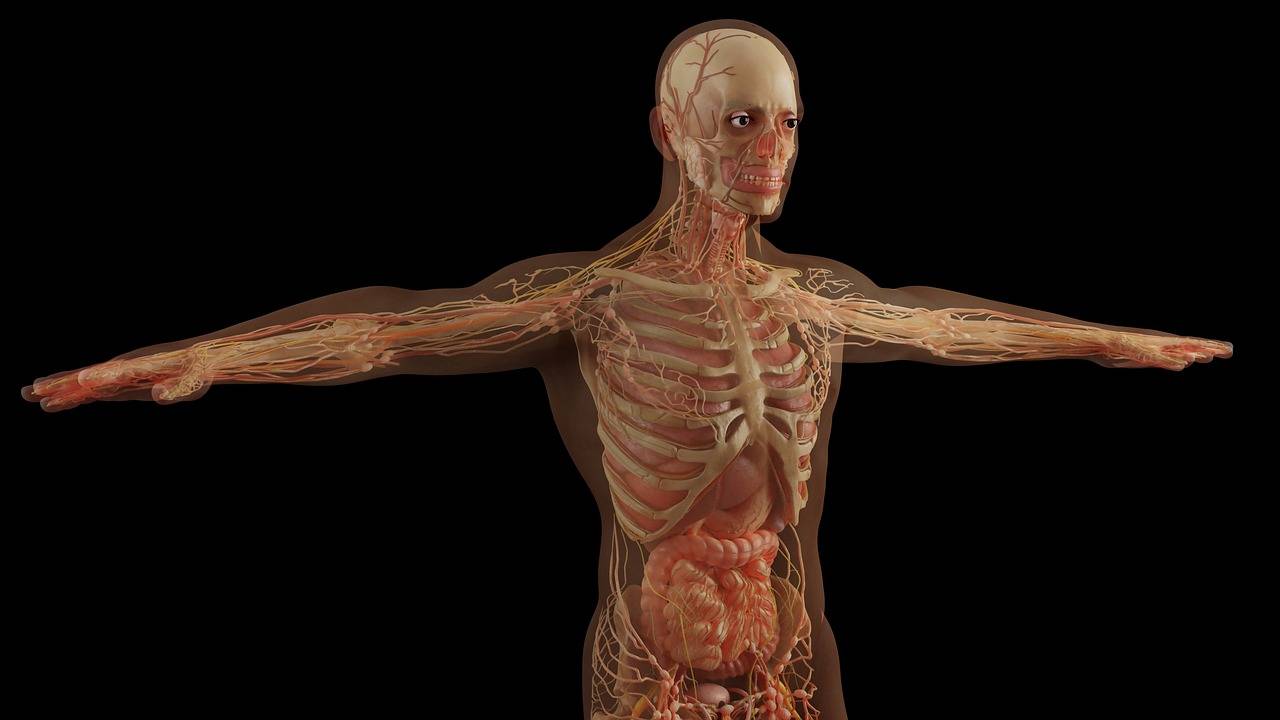Universal Design in Healthcare: Creating Inclusive Environments for All
Universal design in healthcare emphasizes the importance of creating environments and services that are accessible to all individuals, regardless of their age, abilities, or limitations. This principle highlights the need for healthcare facilities to be designed in a way that accommodates diverse populations, including those with physical disabilities, sensory impairments, or cognitive challenges. By incorporating universal design principles into healthcare settings, facilities can promote inclusivity and ensure that all patients receive the care they need without facing unnecessary barriers.
Furthermore, universal design promotes the concept of flexibility in healthcare environments, recognizing that individuals have varying needs and preferences when it comes to receiving medical care. This principle advocates for the customization of healthcare services to meet the unique requirements of each patient, whether it involves physical accommodations, communication support, or technological aids. By integrating flexibility into healthcare design, providers can offer personalized care that enhances the overall patient experience and ultimately leads to improved health outcomes.
Benefits of Implementing Universal Design in Healthcare Settings
Universal design in healthcare settings offers numerous benefits to both patients and healthcare providers. By implementing universal design principles, healthcare facilities can create spaces that are accessible and inclusive for individuals of all ages, abilities, and backgrounds. This not only improves the overall patient experience but also enhances the efficiency of healthcare delivery by reducing barriers to access and promoting equal treatment for all.
Furthermore, universal design in healthcare settings can lead to improved health outcomes for patients. By ensuring that facilities are designed to accommodate diverse needs, healthcare providers can better cater to individual preferences and requirements. This can result in increased patient satisfaction, better adherence to treatment plans, and ultimately, improved overall health and well-being for those receiving care.
What are some key principles of Universal Design in healthcare settings?
Some key principles of Universal Design in healthcare settings include providing equitable use for all individuals, flexibility in use, simple and intuitive design, perceptible information, tolerance for error, low physical effort, and size and space for approach and use.
What are the benefits of implementing Universal Design in healthcare settings?
Implementing Universal Design in healthcare settings can lead to improved access and usability for all patients, increased patient satisfaction, enhanced safety and efficiency, reduced risk of errors, and compliance with accessibility regulations.
How can Universal Design in healthcare settings benefit individuals with disabilities?
Universal Design in healthcare settings can benefit individuals with disabilities by providing them with equal access to healthcare facilities, equipment, and services, allowing them to receive care in a more comfortable and dignified manner.
How does Universal Design in healthcare settings promote inclusivity?
Universal Design in healthcare settings promotes inclusivity by considering the diverse needs and abilities of all individuals, regardless of age, gender, race, or disability status, and creating environments that are welcoming and accommodating to everyone.
What are some examples of Universal Design features that can be implemented in healthcare settings?
Examples of Universal Design features that can be implemented in healthcare settings include adjustable exam tables and chairs, accessible signage and wayfinding, ergonomic equipment and furniture, non-slip flooring, and clear communication materials for patients with low vision or hearing impairments.





